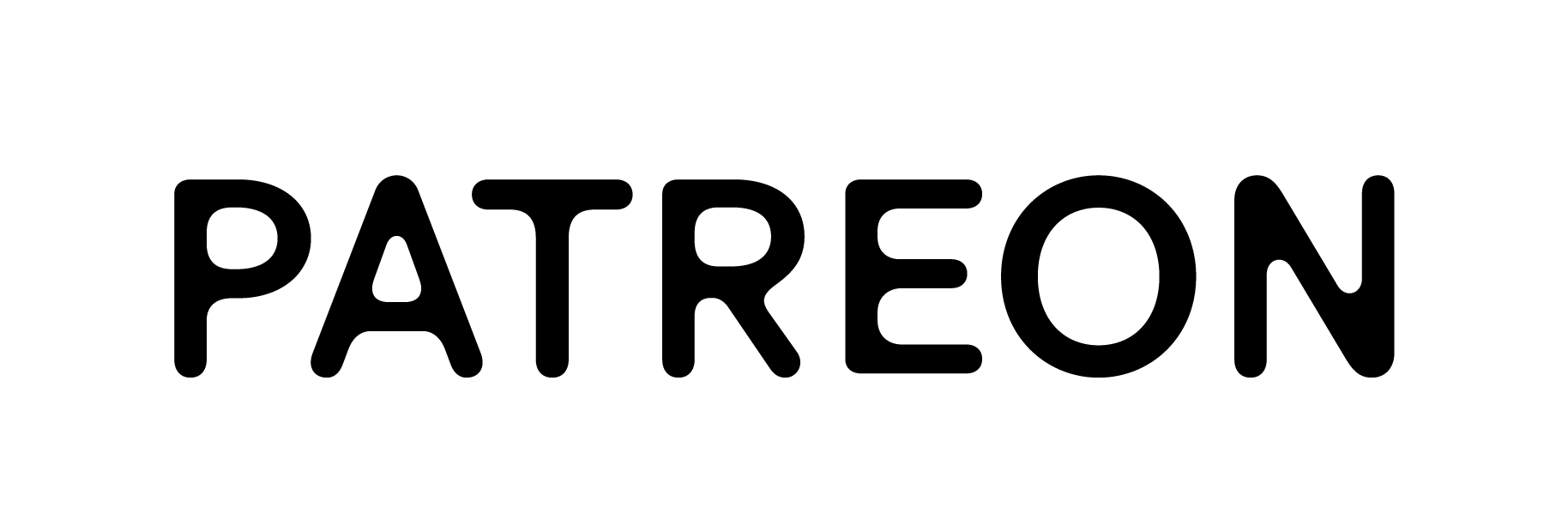Summary
Offset the energy your body pulls your front foot up by lowering your front foot.
Your body's center of gravity pulls your front foot up as you pop. Offset the force by pushing your front foot diagonally downward to move the nose horizontally forward. The board's center of gravity continues rising and lifts the tail, using the front foot as a pivot point.
Avoid pushing down your front foot too far
Lower your front foot by 10cm from its highest point. Remember the point of doing this is to utilize the momentum of the board's center of gravity to lift the tail by stopping the nose from going faster than that. In other words, you don't have to lower your front foot faster than required. As a result, your front foot may go lower relative to your upper body but never sinks lower on the absolute scale.
Front foot goes DOWN = Back foot goes UP
Your body is a solid object. When one side of a solid object moves, the other side moves in the other direction to conserve its rotational inertia. By lowering your front foot, your body receives a force that rotates forward. Utilize the force to raise your back foot. Avoid forcing to lift it or it will lose contact with the tail.
Simulation
Analysis
The board continues rising even after holding down the nose.
When you pop the tail, the nose and the board's center of gravity move upward. While the front foot slows down the rising speed of the nose, the rising speed of the board's center of gravity continues going up and turns the board around the nose. In other words, "how your front foot controls the nose" determines whether the tail lifts.
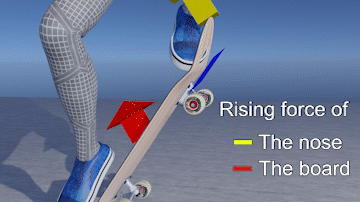
Common mistake: pushing the front foot horizontally
Applying only a horizontal force to your front foot is a common mistake. Because when you pop, your body receives upward momentum and pulls your front foot with it, which, when combined with the horizontal force, brings your front foot diagonally upward. So you must apply a downward force to your front foot and offset the upward force to help the tail rise effectively.
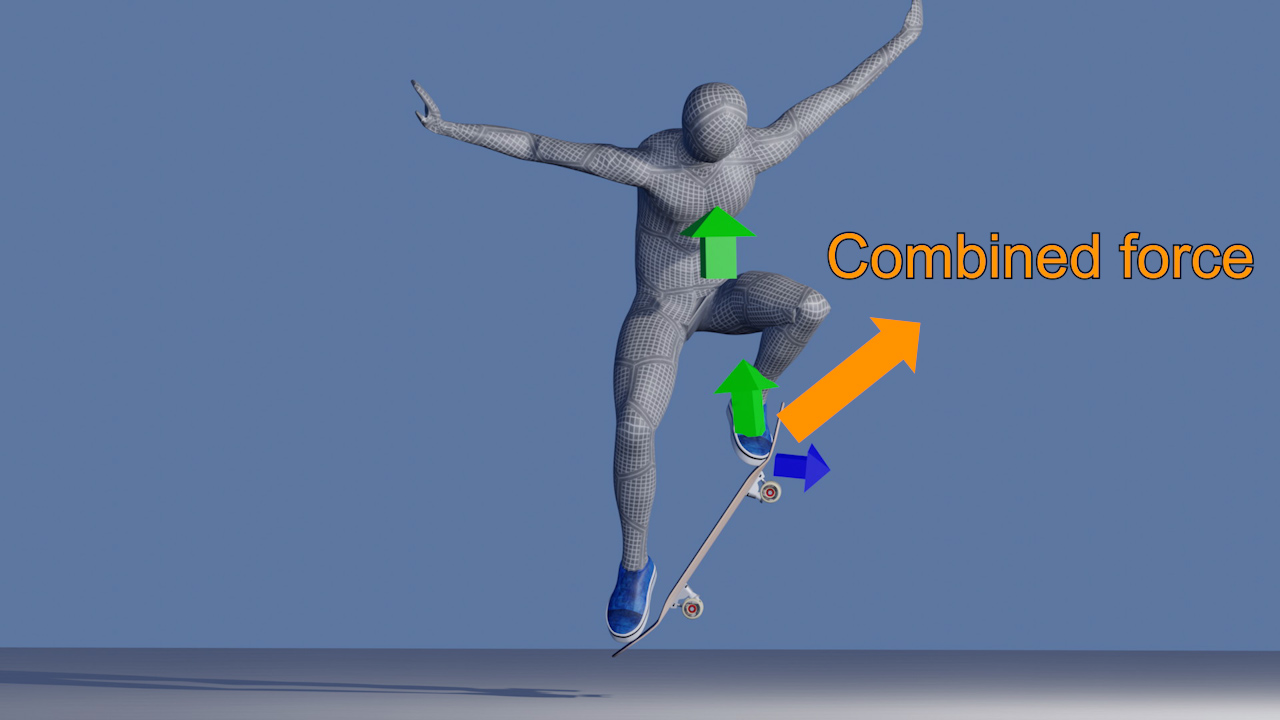
Precautions
Difference between pushing down and offsetting uppward momentum
You may object to pushing down your front foot. We've all landed on the front foot and done an awkward Ollie. Moreover, pressing it down when jumping up is counterintuitive, too. On the other hand, there is a crucial difference between offsetting your body's upward momentum and pushing it down faster than that.
You lower your front foot relative to the position of your body, and it never goes down on an absolute scale. In other words, compared to the body's height, it may go down. But it does not go lower within the frame of view.
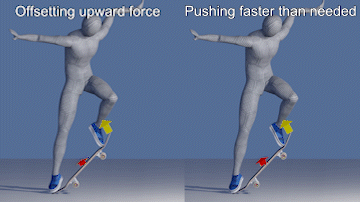
When you lower your front foot too fast
If you lower your front foot faster than the speed required to offset the rising speed of your body, your front foot drags your board down, resulting in an Ollie where the front foot lands first.
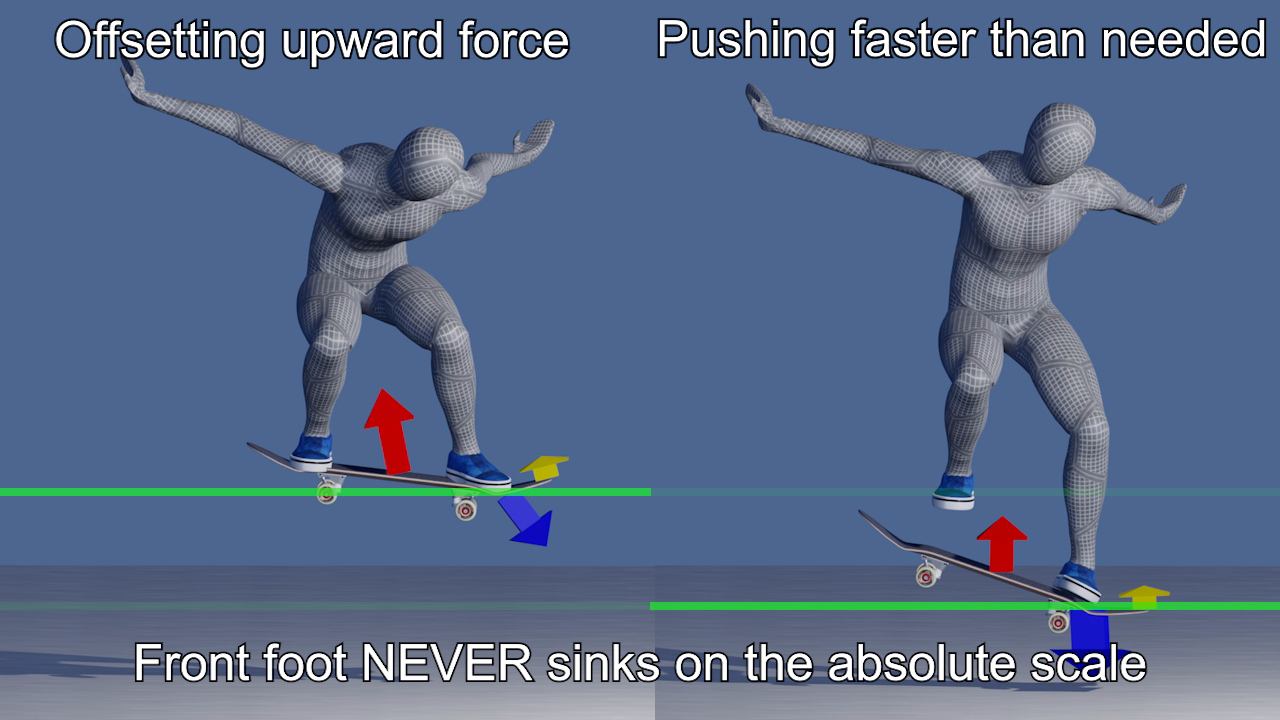
Execution
How much should you lower the nose?
Ultimately, the strength of the pop determines how much you must hold your front foot down, so although I can't say for sure, I try to lower my front foot about 10 cm below the highest point. Although a small distance of 10 cm, it widens the difference in rising speeds between the nose and the board's center of gravity.

How to check your posture
You can always use whythetrick's 3D motion converter. You can convert your 2D video into a 3D animation with a click. Upload a video on the system and the system automatically converts it into a 3D animation that you can analyze objectively. Please click here for more detail.
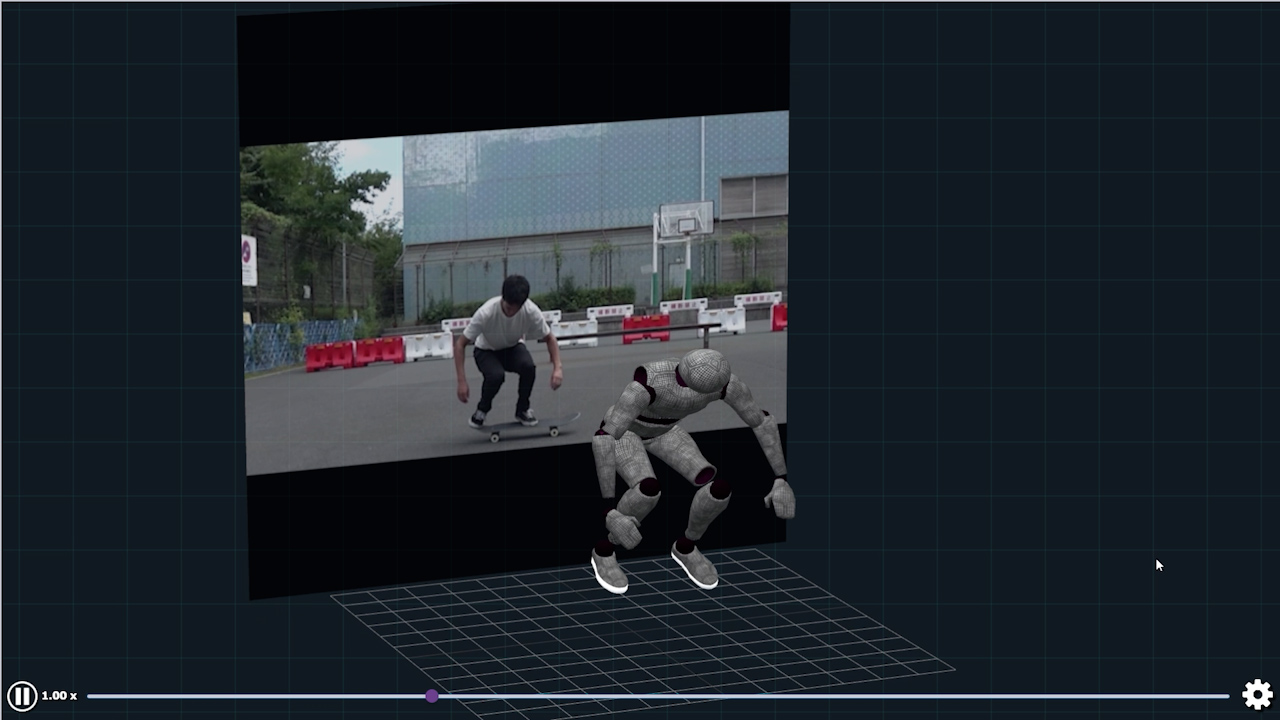
Common Mistakes
Downsides of pushing the nose forward without counteracting the upward force of the body
In fact, you can level your board only by pushing the nose, as you can slow down the nose's movement to an extent. But in this way, it takes time for the board to level, as the difference in the rising speed between the nose and the board's center of gravity remains close. As a result, by the time it levels, it either comes down low or may step out of your body's center of gravity by having to push it too far.

Lifting Back Foot
Utilize the force of the front foot
Lastly, assuming you've managed to move your front foot horizontally, you must bend your back knee so the tail can come up. When you lower your front foot in the air, your entire body rotates toward your front foot. Since the back foot receives the same direction of force, it rises and gets closer to your chest.

Avoid forcing to lift your back foot
By forcing your back foot to lift, you will lose contact with the tail. It is helpful to utilize the force of lowering your front foot to raise your back foot.
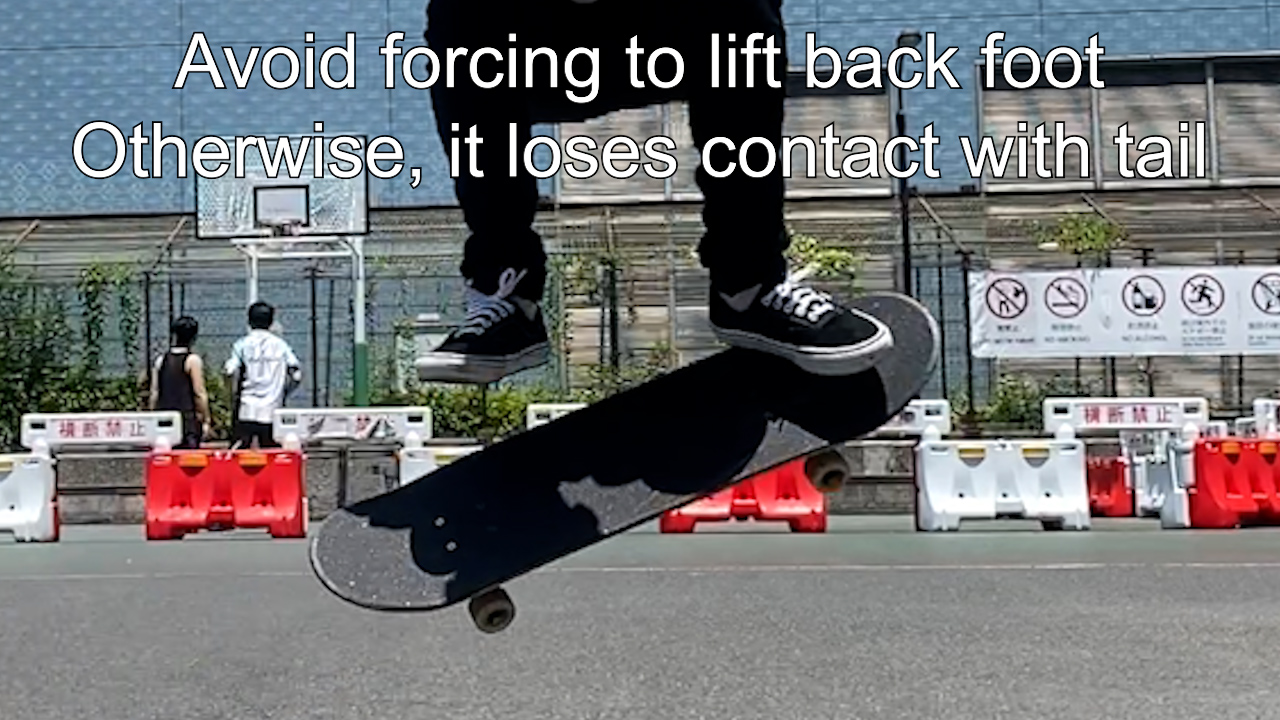

 Convert your video into 3D
Convert your video into 3D Facebook
Facebook Twitter
Twitter



